Micro Finance And Indias Rural Economy
Synopsis
After achieving Independence in 1947, the Government of India and the Reserve Bank of India (RBI) have made concerted efforts to provide the poor with access to credit. Despite the phenomenal increase in the physical outreach of formal credit institutions in the past several decades, the rural poor continue to depend on informal sources of credit. Institutions have also faced difficulties in dealing effectively with a large number of small borrowers, whose credit needs are small and frequent and their ability to offer collaterals is limited. Besides, cumbersome procedures and risk perceptions of the banks leave a gap in serving the credit needs of the rural poor. It is in this context that micro credit has emerged as the most suitable and practical alternative to the conventional banking in reaching the hitherto unreached poor population. Micro credit enables the poor people to be thrifty and helps them in availing the credit and other financial services for improving their income and living standards. The Self-help Group (SHG)-Bank Linkage Programme was formally launched in the year 1992 as a flagship programme by National Bank for Agriculture and Rural Development (NABARD) and aptly supported by the RBI through its policy support. The Programme envisages organisation of the rural poor into SHGs for building their capacities to manage their own finances and then negotiate bank credit on commercial terms. This book contains 13 well-researched papers by experts on the subject which provide analytical information on various aspects of the micro finance and its impact on rural economy of India.
Read more
30.60
27.54
$
34.00 $
Free delivery Wolrdwidе in 10-18 days
Ships in 1-2 days from New Delhi
Membership for 1 Year $35.00
Get it now and save 10%
Get it now and save 10%
BECOME A MEMBER

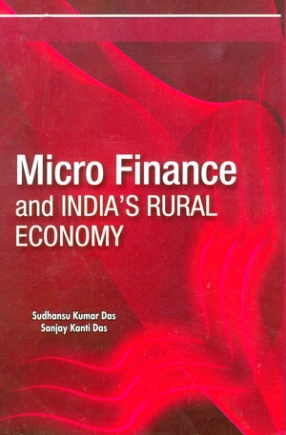
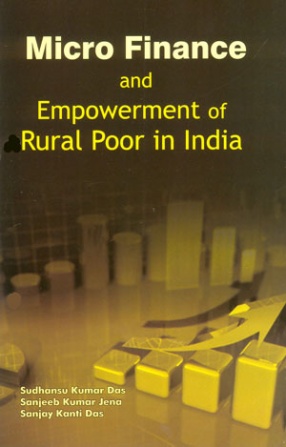
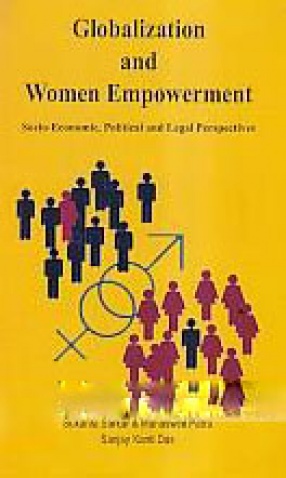
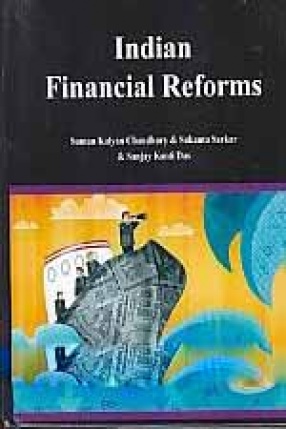
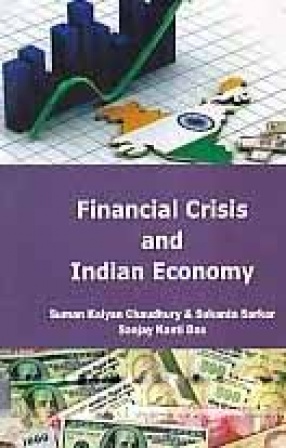





Bibliographic information
Sanjay Kanti Das